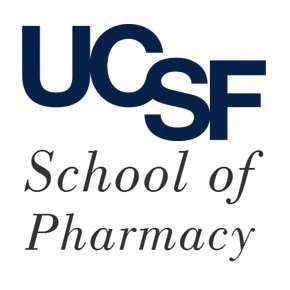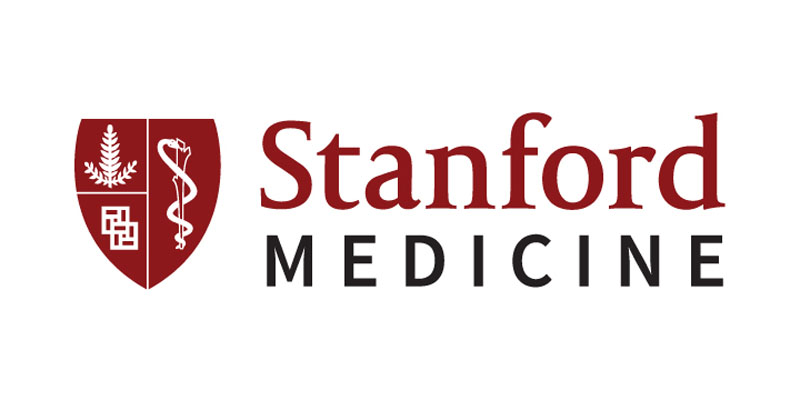Submitted by ja607 on
| Title | Testing for the indirect effect under the null for genome-wide mediation analyses. |
| Publication Type | Journal Article |
| Year of Publication | 2017 |
| Authors | Barfield, R, Shen, J, Just, AC, Vokonas, PS, Schwartz, J, Baccarelli, AA, VanderWeele, TJ, Lin, X |
| Journal | Genet Epidemiol |
| Volume | 41 |
| Issue | 8 |
| Pagination | 824-833 |
| Date Published | 2017 Dec |
| ISSN | 1098-2272 |
| Keywords | Basic Helix-Loop-Helix Transcription Factors, DNA Methylation, Epigenomics, Genome-Wide Association Study, Humans, Lung Neoplasms, Models, Genetic, Repressor Proteins |
| Abstract | Mediation analysis helps researchers assess whether part or all of an exposure's effect on an outcome is due to an intermediate variable. The indirect effect can help in designing interventions on the mediator as opposed to the exposure and better understanding the outcome's mechanisms. Mediation analysis has seen increased use in genome-wide epidemiological studies to test for an exposure of interest being mediated through a genomic measure such as gene expression or DNA methylation (DNAm). Testing for the indirect effect is challenged by the fact that the null hypothesis is composite. We examined the performance of commonly used mediation testing methods for the indirect effect in genome-wide mediation studies. When there is no association between the exposure and the mediator and no association between the mediator and the outcome, we show that these common tests are overly conservative. This is a case that will arise frequently in genome-wide mediation studies. Caution is hence needed when applying the commonly used mediation tests in genome-wide mediation studies. We evaluated the performance of these methods using simulation studies, and performed an epigenome-wide mediation association study in the Normative Aging Study, analyzing DNAm as a mediator of the effect of pack-years on FEV . |
| DOI | 10.1002/gepi.22084 |
| Alternate Journal | Genet Epidemiol |
| PubMed ID | 29082545 |
| PubMed Central ID | PMC5696067 |
| Grant List | R01 ES015172 / ES / NIEHS NIH HHS / United States R35 CA197449 / CA / NCI NIH HHS / United States R01 ES025225 / ES / NIEHS NIH HHS / United States U19 CA203654 / CA / NCI NIH HHS / United States T32 ES007142 / ES / NIEHS NIH HHS / United States R01 ES021733 / ES / NIEHS NIH HHS / United States R01 HL113338 / HL / NHLBI NIH HHS / United States T32 GM074897 / GM / NIGMS NIH HHS / United States P01 CA134294 / CA / NCI NIH HHS / United States U01 HG009088 / HG / NHGRI NIH HHS / United States R01 ES017876 / ES / NIEHS NIH HHS / United States |





